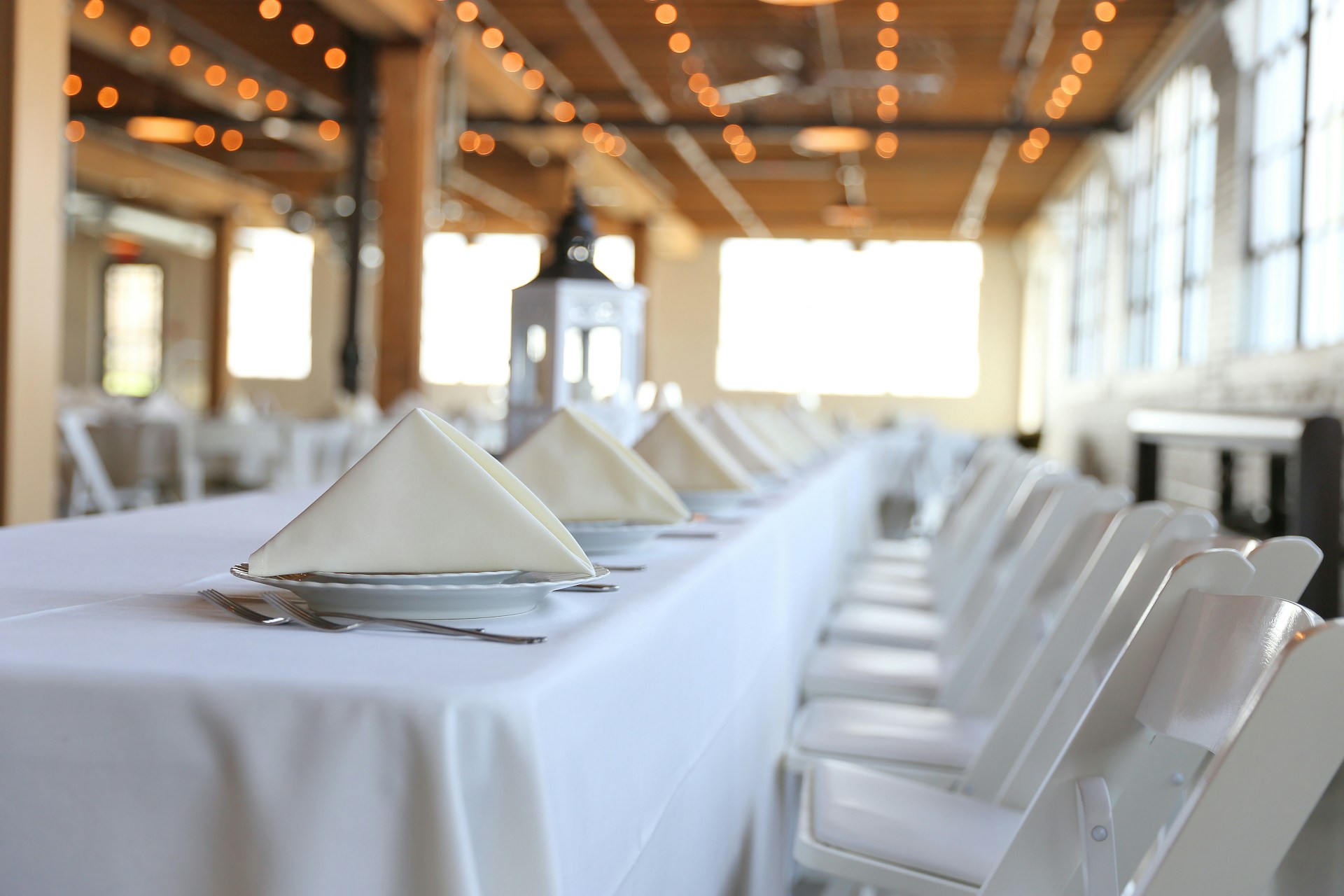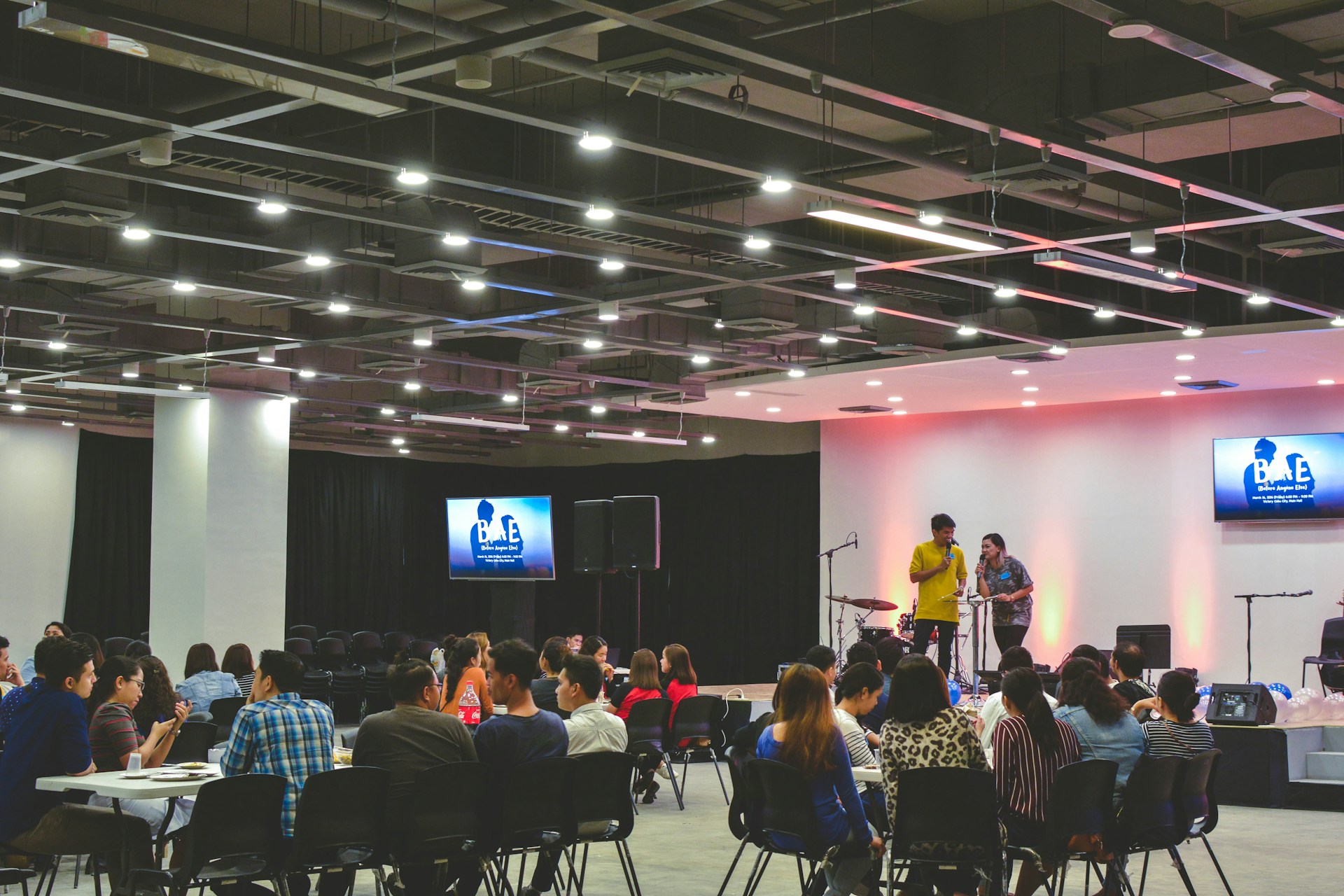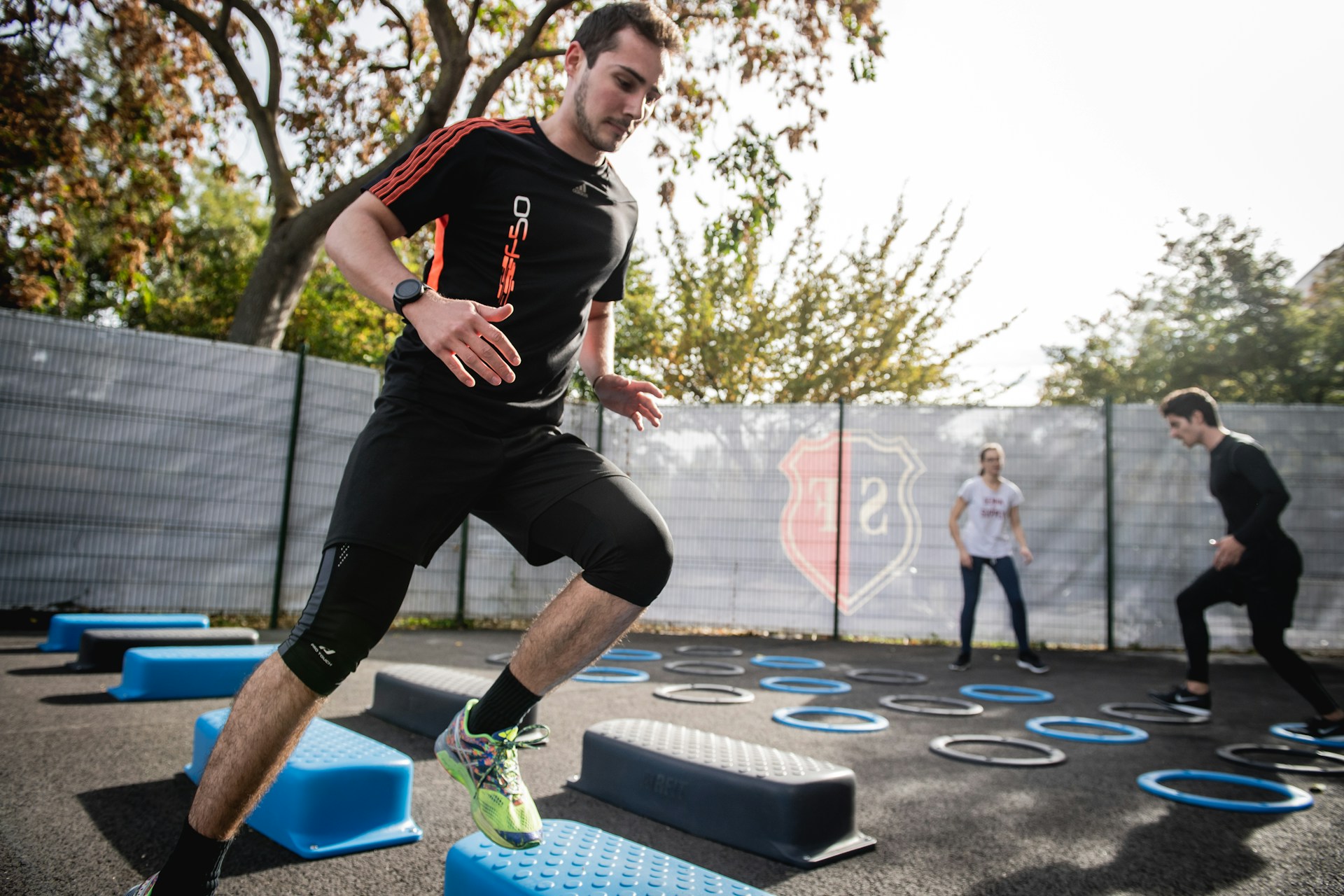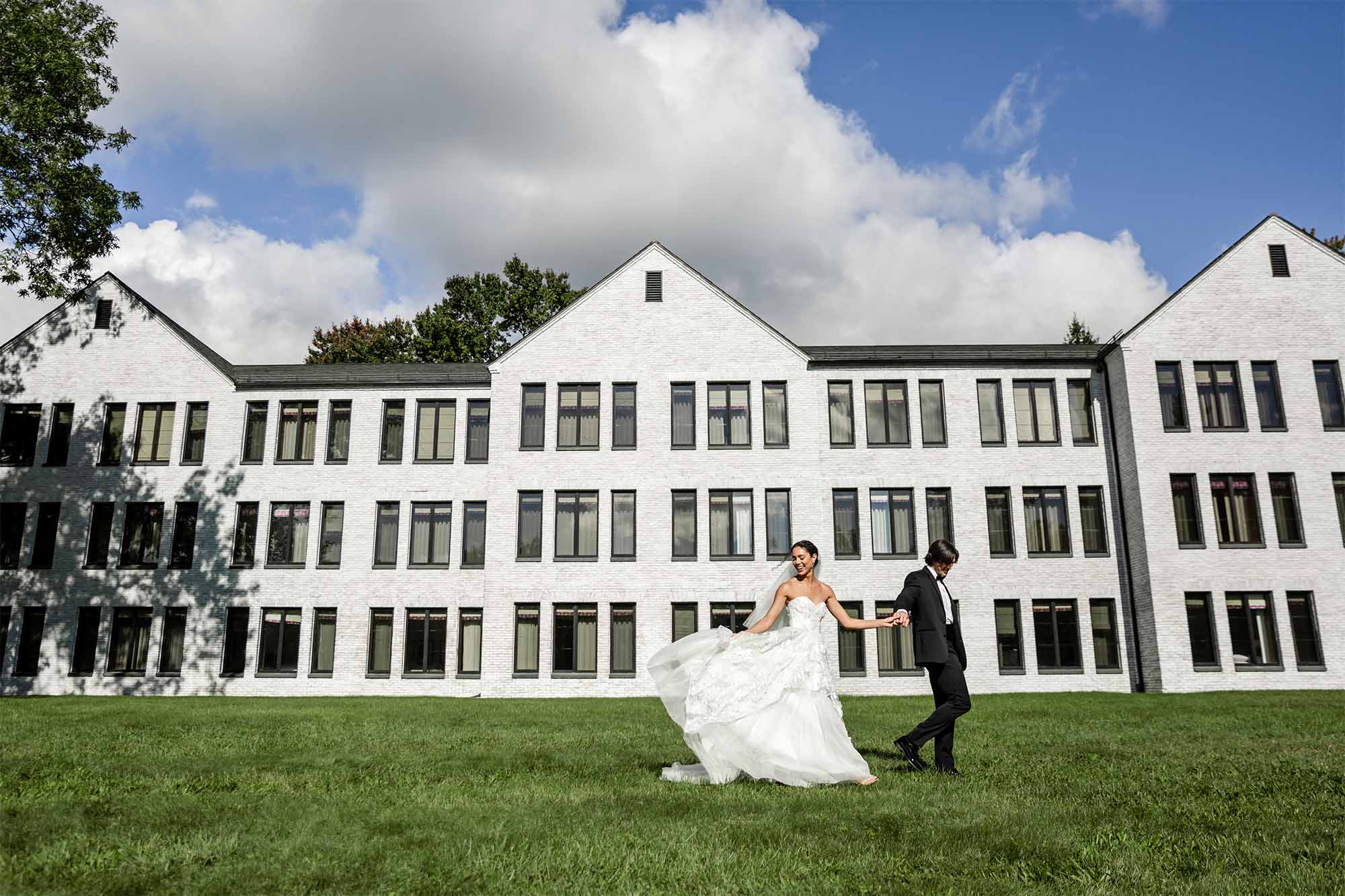Planning a wedding in Norwalk means paying attention to all the fine details, from the flowers and seating to the lighting and timing. But one feature that often goes unnoticed until the last minute is the audio. Think about it—what good is a heartfelt vow or carefully curated playlist if no one can hear it clearly? When the sound isn’t right, guests miss out on what should be the most emotional and memorable moments of the day.
Whether your ceremony is held indoors or outside, a solid audio setup can make all the difference between a smooth event and one filled with awkward pauses and signal interference. Clear sound ensures that every word is shared, every note of music is heard, and the energy of the celebration is fully experienced. A little preparation goes a long way when it comes to making sure the audio is spot on for your ceremony.
Selecting the Right Equipment
Putting together the right sound system might sound like something you can figure out later, but it actually should be one of the key parts of your planning. The main components you’ll need are microphones, speakers, mixers, and a sound source like a playlist or a live musician. Start with quality microphones. A good lavalier mic clipped to the officiant’s clothing allows everyone to hear the ceremony without having to raise voices. If you’re having musicians or vocalists, extra mics may be needed to pick up their sound cleanly.
The size and layout of your venue will influence what type of equipment works best. For an outdoor ceremony, wireless microphones and battery-powered speakers are helpful because you’re not restricted to areas with electrical outlets. Indoors, you may have better acoustics but might still need proper speaker placement to keep sound from bouncing off walls. A small indoor room generally requires less amplification, while a wide-open lawn typically demands larger speakers that can project further.
Keep in mind that more doesn’t always mean better. One well-placed speaker can be more effective than two facing the wrong direction. Experienced techs often say quality always wins over volume. If your system creates even sound across all seating areas, you’re already off to a great start.
Placement and Setup
Once you sort out the right equipment, the next step is figuring out where and how to set it up. Audio placement is all about balance. You want sound to travel evenly so that guests at the front and those in the back hear the same thing without feeling overwhelmed or left out. This usually means facing speakers away from microphones and arranging them high enough to carry sound across the space.
Before settling on a final layout, do a walk-through at your venue with your gear or your audio team. Every location sounds different depending on ceiling height, surfaces, open space, and background noise. A beach, a garden, or a large ballroom each require a slightly different approach to make the most of your equipment. During the setup, always leave time for testing. Adjust levels on-site, and make any needed tweaks early. The last thing you want is distracting feedback during your vows.
Here’s a quick list of things to check during audio setup:
1. Make sure microphones are working with no interference or static
2. Keep all cables secure and out of walkways
3. Do a test run using the exact music or speech you’ll be using during the event
4. Adjust volume levels so sound is balanced across the space
5. Ask someone to walk the grounds and listen from different spots
Thinking ahead about placement and doing multiple checks gives you the best shot at stress-free sound on the big day. It helps your guests stay engaged, and your ceremony feels the way you always imagined: connected and full of meaning.
Working with Professionals
It helps to have the right equipment and a solid plan, but knowing how to make everything work together is what really matters. That’s where professional audio technicians come in. These experts understand how to adjust sound levels, handle interference issues, and read the flow of a live event. Weddings, especially, tend to run on emotion and timing. A skilled technician knows how to make last-minute adjustments smoothly so the spotlight always stays on the couple, not on the speaker that’s too loud or a mic that cuts out.
When hiring vendors for your wedding in Norwalk, don’t rush through the audio part. Ask direct questions so you know what you’re getting. Here are a few things to ask before signing any agreements:
1. What kind of microphones and speakers will you use for the ceremony?
2. Do you bring backup equipment in case something breaks?
3. Will someone be on-site to handle sound check and live adjustments?
4. Can you help set up for both ceremony and reception if they’re in different spaces?
5. Have you worked at this venue or one like it before?
Good sound isn’t something to gamble with. Even a beautiful speech can get lost in the wind or a technical hiccup. Whether it’s a last-minute microphone switch or a speaker that needs to be moved during transitions, having a trained team on your side keeps everything running the way it should. You’ll feel better knowing the sound is taken care of so you can focus on the bigger moments.
Personal Touches and Final Checks
Once the tech is in place and the logistics are figured out, don’t forget to add some personality to the audio. Wedding audio goes beyond just microphones and songs, it’s also where you can add emotional value. Think about how you want your guests to feel during your ceremony. Maybe it’s a specific song that plays during your walk down the aisle, a meaningful voiceover during the vows, or how your officiant opens the ceremony with a personal message.
Customization gives your ceremony character. Some couples choose to pre-record special notes or messages to play at the beginning or close of the event. Others ask a loved one to sing or play a live instrument. These shouldn’t just be part of the playlist. They should be planned as part of the overall setup so the volume and clarity are timed just right.
Don’t skip the full test run. Once everything’s set up, gather your vendors and key participants for a final walkthrough. Think of it like a mini tech rehearsal. Walk through the microphone passes, try out the playlist, and check volume levels from different parts of the venue. Here are a few last-minute checks to include:
1. Test each wireless microphone for battery life and clear signal
2. Verify that music transitions are smooth and timed to key ceremony parts
3. Make sure someone is assigned to operate the mixer or playlist on cue
4. Confirm speaker coverage reaches all guest seating areas
5. Keep spare cables, backup devices, and extra batteries nearby
These small steps help prevent surprises. When your audio runs smoothly, people feel more present and connected throughout the ceremony.
Craft the Perfect Sound Experience for Your Special Day
At the core of every great wedding in Norwalk is a feeling, a connection shared with your partner and your guests. The sound design plays a quiet but powerful role in setting that mood. Whether you’re working with a professional vendor or planning closely with your venue’s team, taking time for the audio setup gives you the best chance at creating a ceremony that’s heartfelt, complete, and memorable.
Music, spoken words, and even the quiet moments in between should all flow easily. Nothing gets people more into the moment than being able to hear every word from the couple at the altar or enjoy a familiar tune as the ceremony begins. When you include sound as part of the planning, instead of an afterthought, you’re setting your wedding day up for success from the first note to the final I do.
Planning a wedding is no small feat, and making sure the audio runs smoothly is just one of the ways to keep your guests connected and in the moment. To bring your vision to life with a truly personalized experience, explore our wedding packages in Norwalk at LaKota Oaks. From ceremony to celebration, we help create a soundscape that’s just right for your special day.









